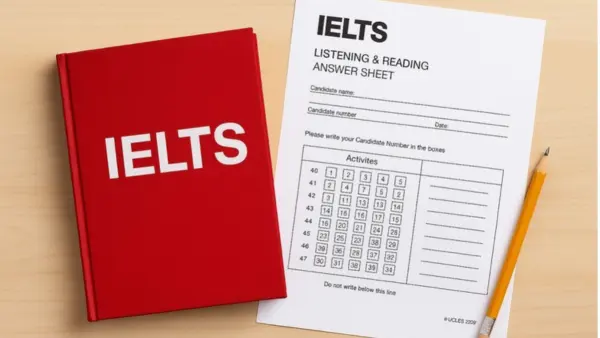
IELTS Reading Lesson – Why I Never Teach All True/False/Not Given Tips at Once
-
Shadi
- Classroom Strategies
If you’ve ever tried to teach all the “IELTS True/False/Not Given” strategies in one go, you know what happens:
Blank stares. Confused faces!
And at least one student asks, “Wait… if the text doesn’t say it’s false, then it’s not given, right? Or is it true because it doesn’t contradict it?”
Yeah. That moment.
The Problem with Teaching IELTS True/False/Not Given Tips All at Once
There are too many mental steps packed into one question type:
- Understand the statement
- Match it to the passage
- Decide whether it agrees, contradicts, or is not mentioned
- Deal with synonyms, paraphrasing, logic traps, and assumptions
It’s a lot. Especially for students who are just getting comfortable with scanning and identifying main ideas.
What Happens When We Overload the Strategy
Teaching all the IELTS True/False/Not Given tips at once — like:
- “Always read the statement carefully”
- “Don’t use your own knowledge”
- “True means exact match, False means contradiction, Not Given means silence”
- “Beware of keywords — they’re often traps”
…usually leads to one of two things:
- Students memorize the rules but don’t apply them correctly
- Or worse — they get more confused and lose confidence
What I Do Instead – My Step-by-Step IELTS True/False/Not Given Teaching Strategy
Step 1: Start with TRUE only
- Give students 5 statements — all of them clearly True
- Ask: What helped you feel confident this was correct?
- Let them see how matching works first
Step 2: Introduce FALSE
- Contrast it with TRUE examples — point out direct contradictions
- Ask: What changed? How do you know this disagrees?
Step 3: Introduce NOT GIVEN Last
- Use it to train emotional control
- Ask: Is there enough information? Or are we just assuming something?
- Teach them to say: “I don’t know — the text doesn’t tell me.”
Then I Layer in the Language Skills
Once students get the logic, we zoom in on:
- Synonym spotting
- Paraphrasing of modal verbs, quantifiers, comparisons
- Keyword position vs idea match
This is where they start developing real test-reading fluency — not just tricks.
🧠 Final Thoughts
The best IELTS True/False/Not Given students aren’t the ones who memorize 20 tips.
They’re the ones who learn to read calmly, compare precisely, and trust when something is Not Given.
And that doesn’t happen in one lesson — it happens step by step.
Just like our best teaching.
Key Takeaways
FAQ
Q: Why shouldn’t you teach all the IELTS True/False/Not Given tips in one lesson?
A: Because the IELTS True/False/Not Given question type requires many mental steps. Teaching all tips at once creates cognitive overload, causes confusion, and can lower students’ confidence.
Q: What’s the best alternative method for teaching these questions?
A: Use a gradual approach: start with only TRUE, then add FALSE, and introduce NOT GIVEN last.
Q: How can you help students avoid confusing FALSE with NOT GIVEN?
A: By showing real examples, practising how to spot direct contradictions (FALSE) versus missing information (NOT GIVEN), and training students to stay calm when choosing an answer.
Q: After students understand the logic, what language skills should be developed?
A: Focus on synonym spotting, paraphrasing modal verbs, quantifiers, and comparisons, and checking keyword position versus idea match.
🎓 Ready to apply these ideas? Explore our ready-to-teach IELTS Lesson Plans, dive into more teacher articles, or scroll down to the footer and join the Teacher Newsletter for monthly, research-backed tips and printable tools.





